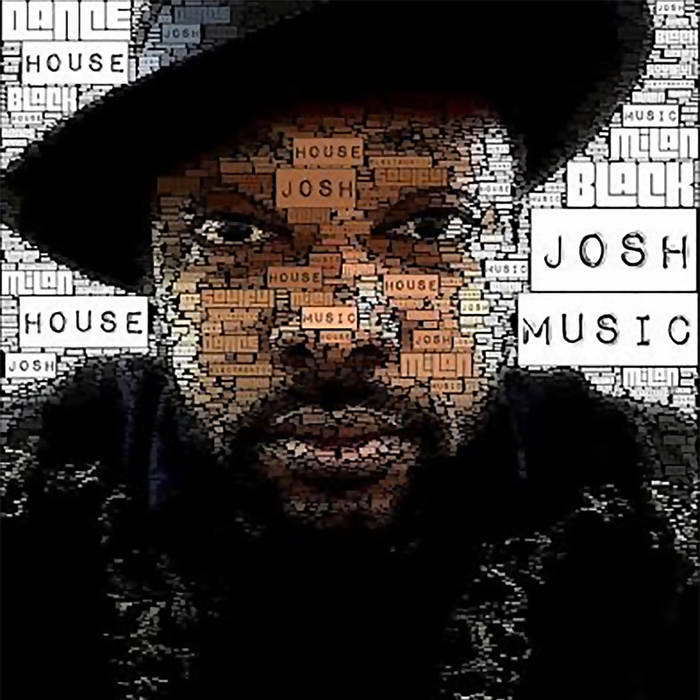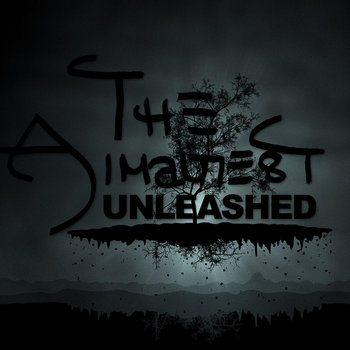
Written by Bobby Owsinski — It’s funny how all the players in the music business are faced with the same questions when it comes to streaming distribution. Are all streams being counted? How many actually generate revenue and how much is it? Is the revenue actually making it to the right places?
Artists, bands, musicians, songwriters, managers, labels and publishers ask these questions every day and the answers they receive are often vague, or worse, contradictory.
Take for instance the latest data from a survey conducted by Next Big Sound that counts the number of streams for the first 6 months of 2015. The company found that there were 1,032,225,905,640 (or 1.03 trillion) song plays on Pandora, Rdio, Spotify, SoundCloud, Vevo, Vimeo and YouTube during that period.
Now what’s interesting is that this is only a partial list of streaming services with significant subscriber bases. iTunes Radio, Deezer, Slacker, Rhapsody and Google Play, among others, weren’t included, so this total could actually be low.
Now here’s where the confusion comes in. Nielsen Music’s mid-year report states that there were only 135 billion on-demand streams during the first half of the year. This was based on data from AOL, Beats, Cricket, Google Play, Medianet, Rdio, Rhapsody, Slacker, Spotify, Xbox Music and YouTube/Vevo.
As you can see, only Rdio, Spotify and YouTube/Vevo were included in both surveys, but doesn’t that 135 billion figure still feel a little low? Some discrepancy is understandable due to the fact that Nielsen only included interactive services and not radio-like services like Pandora, but a difference of a factor of almost 10 screams out that something’s not quite right here.
Then there’s the question about getting paid, because after all, one trillion is a lot of streams.
It would be nice if there was a single rate that each and every stream was worth regardless of the streaming service that it came from, but unfortunately it’s not that simple.
For instance, interactive streams where the user can actively choose which song is streamed (like Spotify) pay a higher rate than non-interactive streams that are more radio-like (like Pandora). Plus the free tier of both pays less than the premium subscription tier. To make it a little crazier still, different countries may pay different rates, Spotify pays what amounts to a bonus for greater market share, YouTube pays less than them all, and some views might not pay anything.
Got that? If you don’t that’s okay, it’s complicated, which is why there’s so much confusion.
That does explain why whenever you see a per stream rate from a streaming service, it’s always an average and not the true amount (Spotify claims to pay $0.006 on the free tier and $0.0084 on the premium, for instance). If you’re an artist that’s lucky enough that most of your streams come from the premium tier, then your rate is above the average. On the other hand, if most come from the lower tier, then you’ll probably be unhappy with the payout and cause a ruckus on social media.
Yet a trillion of anything is a huge number (and as we’ve seen, that’s not even the grand total) and you’d have to think that it’s worth some decent amount of revenue as a result.
Glenn Peoples ran some numbers in an article in Billboard using a pretty good cross-platform/tier average of 0.35 cents per stream (or $.0035). He calculated that the value of 1.03 trillion streams equals about $3.6 billion, or $7.2 billion over the course of the year.
According to the IFPI, streaming music brought in about $2.2 billion in global revenue to the music industry last year. Given the current streaming numbers and revenue outlook, it looks like there should be quite a jump in industry income from this end of the market at the end of the year.
Or not.
Pandora only paid 0.14 cent per free tier stream and .25 cent per premium tier stream last year, Soundcloud (which is growing like a weed in terms of number of streams) hasn’t paid much in royalties at all (although it did recently sign deals with indie label representative Merlin and Warner Music), and YouTube still remains stingy with its 55% payouts (most others are around 70% of total revenue) while flooding connected devices everywhere with more music.
All that said, we can take heart in the fact that at least one area of the music business is still growing at a crisp pace that shows no signs of flattening out. Let’s just hope that the 1 trillion figure winds up counting for something.
Click here to read from this article's source.












































